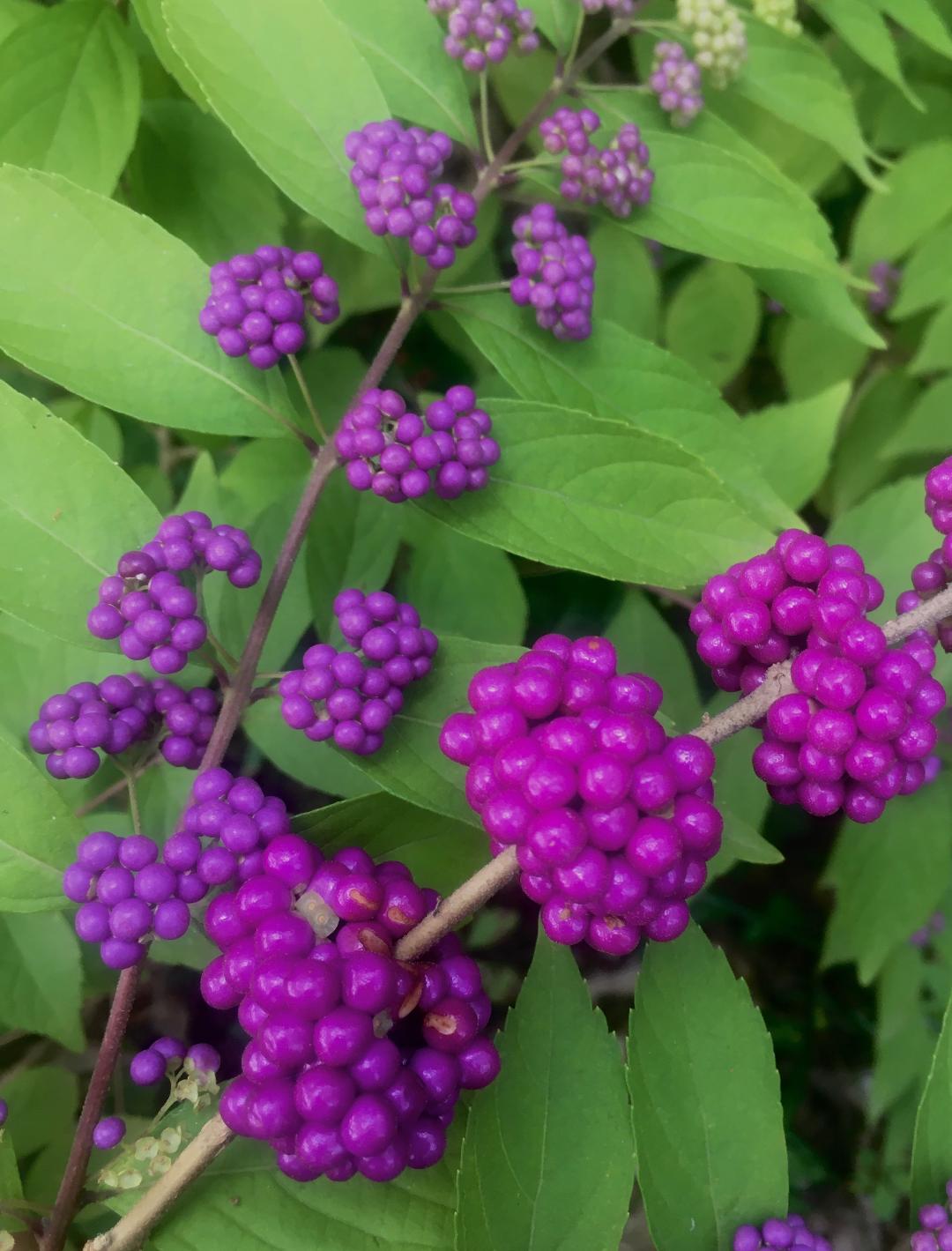Dealing, repelling and getting rid of mosquitoes
Published 11:30 am Sunday, March 27, 2022
|
Getting your Trinity Audio player ready...
|
I tried rubbing leaves of our native beautyberry shrub onto my arms to repel mosquitoes, and it worked. Which is good because nothing else keeps the buzzing bug-banes from carrying us away, at least not for long.
Bit of background: I was raised in the Delta when it was normal to ride bicycles behind “the fogging machine”- a truck-mounted sprayer spewing dense clouds of sweet-smelling vaporized DDT. Because my dad would tip the driver a dollar to back up to our yard and let it blow an extra few minutes, I’m so laced with it that it’s probably illegal to cremate me in California because my smoke is such an environmental hazard!
But that, and window screens, and constantly swaying on the porch swing were about all we found to work at the time. Oh, and those kooky orange-glowing mosquito coils we bought at the drive-in theater to keep ‘skeeters out of the car. Invented in Japan just over a century ago, the coils (called katori senk, or mosquito incense) are still widely used worldwide, where their pungent pyrethrin or citronella-infused smoke actually does a fair job of reducing bites.
And of course we slathered on deet, picaradin, Skin So Soft, and other repellents, and nowadays we wear bracelets and hang sizzling blue-light bug zappers, Thermacells, insecticide misters, and controversial sugar-and-yeast traps (which most researchers and reviewers agree are mostly beneficial psychologically).
Other than wearing long sleeves and using skin-applied repellents, none of them are truly effective for everyone, or for long. Even the DDT fogging machine only knocked them down for a night or two; other than for PR, the stuff some cities spray these days are practically worthless, being very mild and often applied at the wrong time of late afternoon or night to be much use.
But there are three interesting garden approaches that, though they don’t work well at all, are beneficial to us as gardeners and make us look good to neighbors: Bat houses, purple martin gourds, and insect repelling plants.
I finally hung a bat roost-house on my house. After years of having dozens of the furry flyers drop at dusk out of a louvered gable vent near my house’s attic, I screened them out, worried about a buildup of guano causing a mess in the attic. I fastened the new wooden roost up high, facing the south for winter warmth, and hope the little winged mammals will find it soon.
And, like having a tower of gourd bird houses, it signals to everyone around that I’m doing my part to help control mosquitoes.
Trouble is – and this was distressing to learn even by this cynical old researcher – despite the avalanche of seriously conflated articles to the contrary, all of which are memes based on old, seriously flawed and overblown reports, researchers now widely acknowledge that bats actually eat very few mosquitoes, and purple martins don’t eat mosquitoes at all. They both go for bigger, slower fare. Facts, folks, not opinion.
And of all the mosquito-repelling plants touted everywhere you turn, not a single one has any effect whatsoever unless you crush and rub the oily leaves onto skin or clothes.
There are lots of them: Oregano, lemon grass, mints, monarda, catnip, rosemary, marigold, verbena, garlic, basil, ageratum, eucalyptus, pennyroyal, scented geraniums, lantana…and even our beautiful native magenta-purple fruited beautyberry shrub. Gotta rub them, not just plant them.
My best ‘skeeter solution? A cheap box fan that creates just enough breeze to disperse mosquito-attracting breath and confuse the weak fliers. It works at least as well as all the others put together.
Felder Rushing is a Mississippi author, columnist, and host of the “Gestalt Gardener” on MPB Think Radio. Email gardening questions to rushingfelder@yahoo.com.






